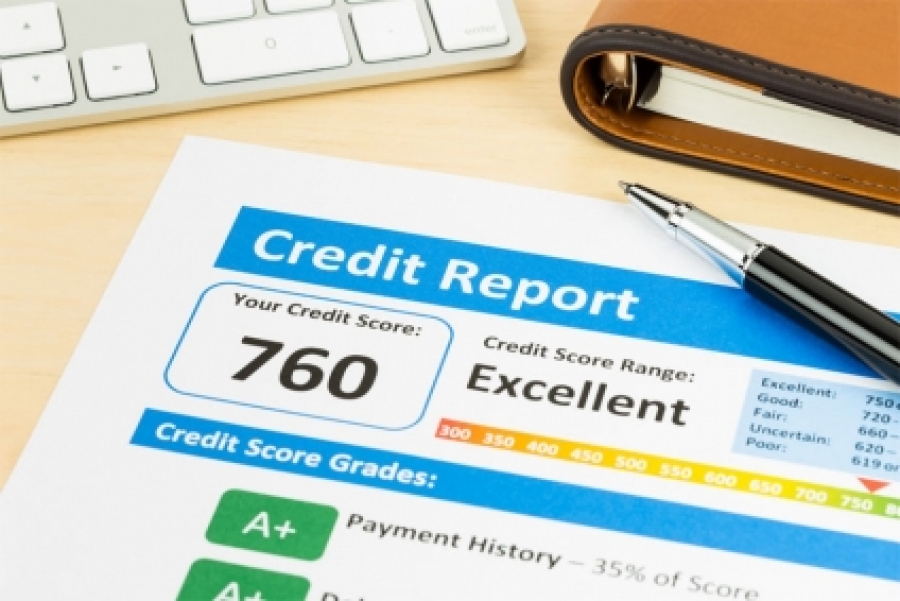There are two primary types of debt, installment and revolving. Installment debt is where one loan is taken out and paid back over time with regular monthly payments until the balance is paid off. Think of an automobile loan, for example. Revolving debt is debt where the balances can rise and fall over time as new charges are made while making payments against the debt each month.
Affordability is viewed as a percentage of gross monthly income. This percentage is referred to as a debt ratio. If a loan program suggests a ratio of say 30, that means the mortgage payment including principal and interest, taxes, insurance and mortgage insurance (when required) must be 30% of the gross monthly income for all borrowers on the loan application.
With installment debt, consumers can pay off the entire balance in order to help qualify for the selected mortgage loan. Further, because lenders know the installment loan will soon vanish, lenders can ignore completely a monthly amount if there are less than 10 months remaining on the note. With revolving debt, it’s a little different. With a loan, the consumer owns the car while the lender has an active interest in the car. When the loan is paid off, the lender releases its interest and the consumer owns the car outright.
Consumers can pay a credit card balance down to zero. In this instance, there won’t be any minimum required payment shown on the credit report. But the lender knows the consumer can charge things on that same card the following day, even up to the maximum credit card limit. For example, let’s say there is a credit card balance of $5,000. This balance and minimum monthly payment however push the debt ratios above the guidelines.
The consumer can then pay off the credit card balance entirely in order to get debt ratios at acceptable levels. But if the consumer’s ratios are too high before paying down any credit card, the lender may ask the consumer to not only pay off the credit card, but to close it down. This isn’t a common occurrence but if an applicant is just barely qualifying as it were, the lender can make that request.
When paying down debt or paying an account off completely, a paper trail must be kept and provided to the lender showing the account has been settled if required. Someone can pay off a car loan today, but the monthly payments can still show up on a credit report for up to another 30 days. Documentation showing this transaction will prove the debt is paid down to zero or otherwise closed down completely. If someone wants to pay off a credit account to help qualify, having a paper trail is key.
Finally, mortgage lending guidelines have both strict requirements and also a bit of leeway. Lenders must follow the strict guidelines if they want to be able to sell the loan. The ‘leeway’ part is up to the individual underwriter at the lender’s office. In this fashion, an underwriter can decline the loan based upon recent and previous credit history patterns.






